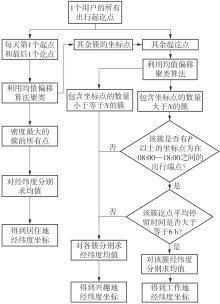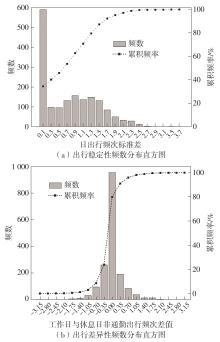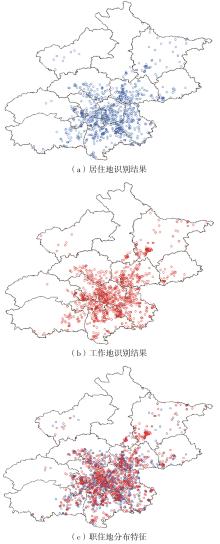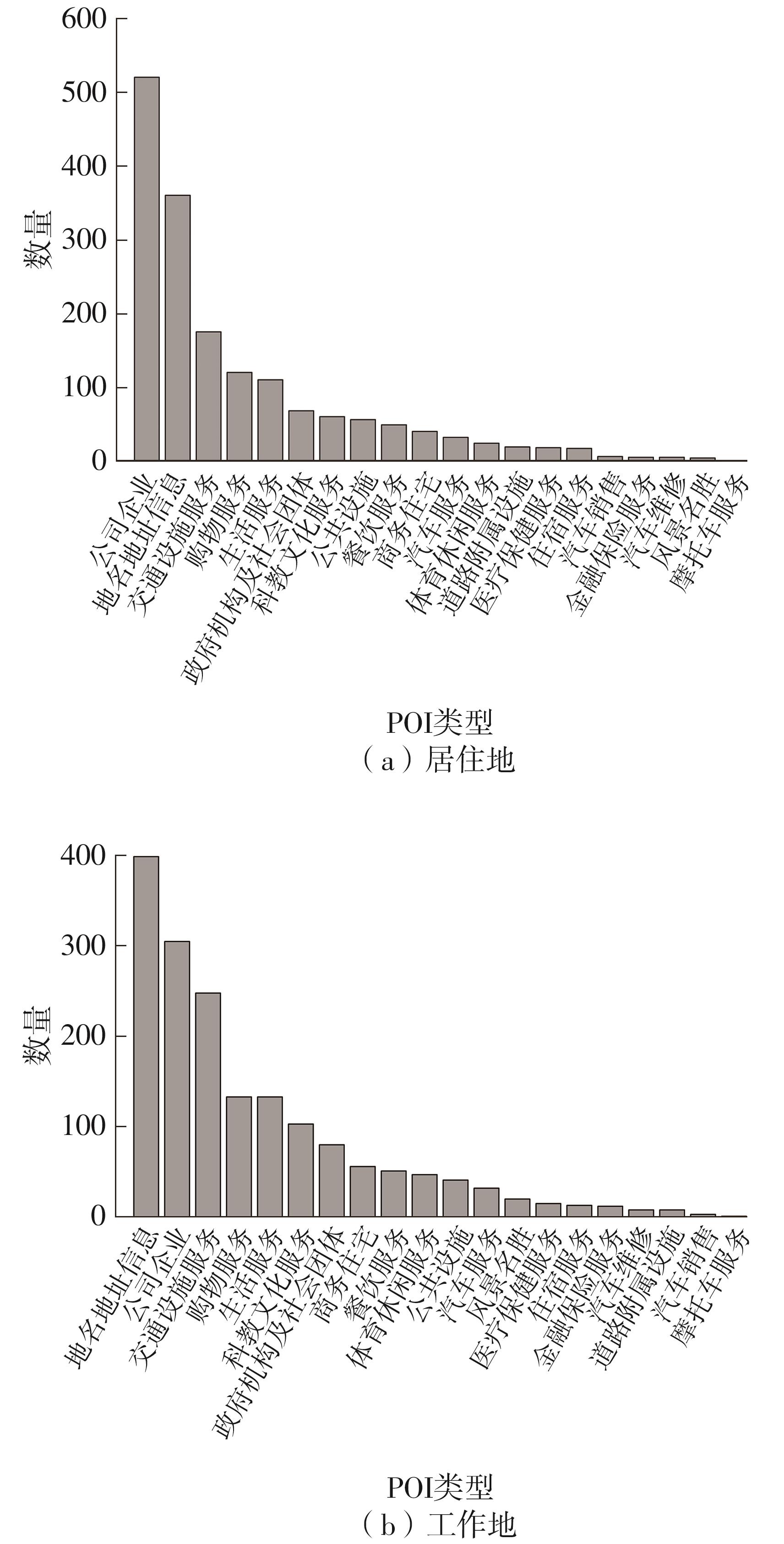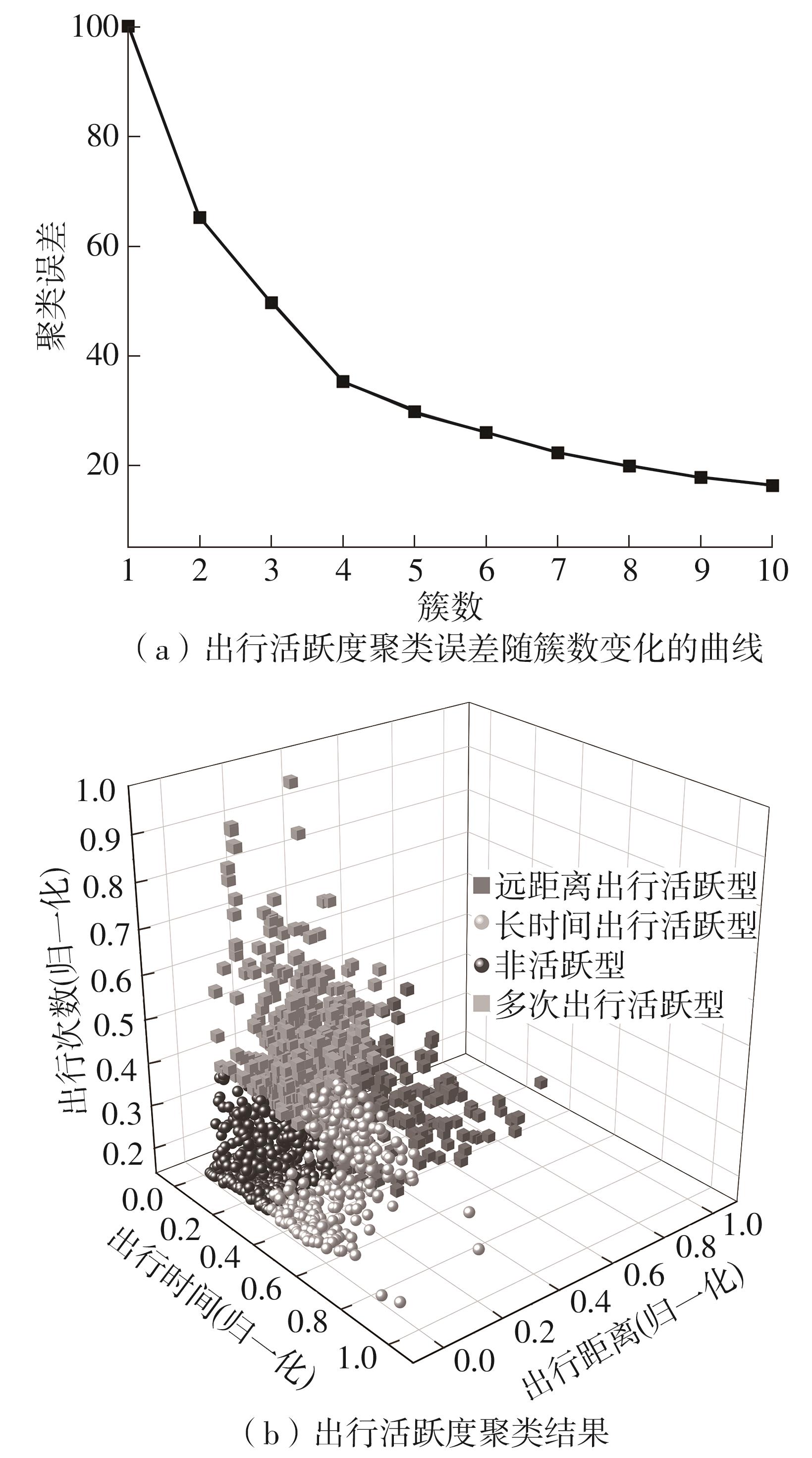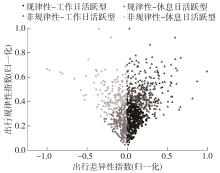| 1 |
KISHORE N, KIANG M V, ENGØ-MONSEN K,et al .Measuring mobility to monitor travel and physical distancing interventions:a common framework mobile phone data analysis[J].The Lancet Digital Health,2020,2(11):e622-e628.
|
| 2 |
FORGHANI M, KARIMIPOUR F, CLARAMUNT C .From cellular positioning data to trajectories:steps towards a more accurate mobility exploration[J].Transportation Research Part C:Emerging Technologies,2020,117:102666/1-20.
|
| 3 |
李祖芬,于雷,高永,等 .基于手机信令定位数据的居民出行时空分布特征提取方法[J].交通运输研究,2016,2(1):51-57.
|
|
LI Zu-fen, YU Lei, GAO Yong,et al .Extraction method of temporal and spatial characteristics of residents’ trips based on cellular signaling data[J].Transport Research,2016,2(1):51-57.
|
| 4 |
晋泽倩,陈艳艳,李臣 .城市企事业人群出行链提取及出行特征分析[J].科学技术与工程,2022,22(6):2531-2538.
|
|
JIN Ze-qian, CHEN Yan-yan, LI Chen .Travel chain extraction and travel characteristics analysis of urban enterprises and institutions[J].Science Technology and Engineering,2022,22(6):2531-2538.
|
| 5 |
徐广超 .老龄化背景下城市交通提升初探——以无锡老年人出行特征为例[J].交通世界,2022(22):13-15.
|
|
XU Guangchao .Preliminary study on the improvement of urban transportation under the background of aging:a case of the travel characteristics of the elderly in Wuxi[J].Transpoworld,2022(22):13-15.
|
| 6 |
邓红星,韩树鑫 .基于手机信令数据的城市居民出行特征季节性差异分析[J].重庆理工大学学报(自然科学),2022,36(9):202-210.
|
|
DENG Hongxing, HAN Shuxin .Seasonal difference analysis of urban residents’ travel behavior characteristics based on mobile signaling data[J].Journal of Chongqing University of Technology (Natural Science),2022,36(9):202-210.
|
| 7 |
王梅红,侯笑宇,司连法,等 .地理空间数据结合手机信令等多源数据刻画城市居民出行特征[J].测绘通报,2022(5):162-165.
|
|
WANG Meihong, HOU Xiaoyu, SI Lianfa,et al .Geospatial data combined with multi⁃source data such as mobile phone signaling data to depict the travel characteristics of city residents[J].Bulletin of Surveying and Mapping,2022(5):162-165.
|
| 8 |
LIU H, LU Z B .Identification method of residents’ medical travel behavior characteristics driven by mobile signaling data:acase study of Kunshan[C]∥ Proceedings of the 5th International Conference on Information Science,Computer Technology and Transportation(ISCTT).Shenyang:IEEE,2020:198-207.
|
| 9 |
陶健 .基于语义的隐私保护车辆轨迹数据挖掘技术研究[D].芜湖:安徽师范大学,2018.
|
| 10 |
赖桂君 .城市功能区单元尺度下的深圳市居民出租车出行时空特征研究[D].广州:广州大学,2022.
|
| 11 |
HUANG Z R, LOO B P Y, AXHAUSEN K W .Travel behaviour changes under work-from-home(WFH) arrangements during COVID-19[J].Travel Behaviour and Society,2023,30:202-211.
|
| 12 |
沈嫱 .基于滴滴数据的网约车群体出行特征分析研究[D].石家庄:石家庄铁道大学,2022.
|
| 13 |
徐燕,樊娜,段宗涛,等 .融合隐私保护的车辆轨迹数据停留点挖掘方法[J].计算机系统应用,2023,32(2):329-338.
|
|
XU Yan, FAN Na, DUAN Zong-tao,et al .Mining method of vehicle trajectory data stay point fused with privacy protection[J].Computer Systems & Applications,2023,32(2):329-338.
|
| 14 |
刘鹏,林航飞 .基于手机信令数据的职住地识别方法[J].综合运输,2022,44(5):14-17,33.
|
|
LIU Peng, LIN Hangfei .Residence and workplace location identification method using mobile phone data[J].China Transportation Review,2022,44(5):14-17,33.
|
| 15 |
张瑞琪,吴晓,何彦,等 .南京市不同工作制群体职住空间的精准识别及布局特征——基于手机信令数据的职住地识别技术改进[C]∥ 2022年中国城市规划信息化年会论文集.南宁:广西科学技术出版社,2022:365-374.
|
| 16 |
许宁,尹凌,胡金星 .从大规模短期规则采样的手机定位数据中识别居民职住地[J].武汉大学学报(信息科学版),2014,39(6):750-756.
|
|
XU Ning, YIN Ling, HU Jin-xing .Identifying home-work locations from short-term,large-scale,and regularly sampled mobile phone tracking data[J].Geoma-tics and Information Science of Wuhan University,2014,39(6):750-756.
|
| 17 |
付晓,陈梓丹,黄洁 .基于手机信令数据的城市居民非通勤出行群体画像——以苏州市为例[J].地理科学,2022,42(10):1727-1734.
|
|
FU Xiao, CHEN Zidan, HUANG Jie .Non-work travel group profiles of urban residents based on mobile phone signaling data:a case of Suzhou[J].Scientia Geographica Sinica,2022,42(10):1727-1734.
|
 ), XING Xinyuan2, DONG Honghui1, DONG Chunjiao1, CHEN Yuanduo3
), XING Xinyuan2, DONG Honghui1, DONG Chunjiao1, CHEN Yuanduo3
